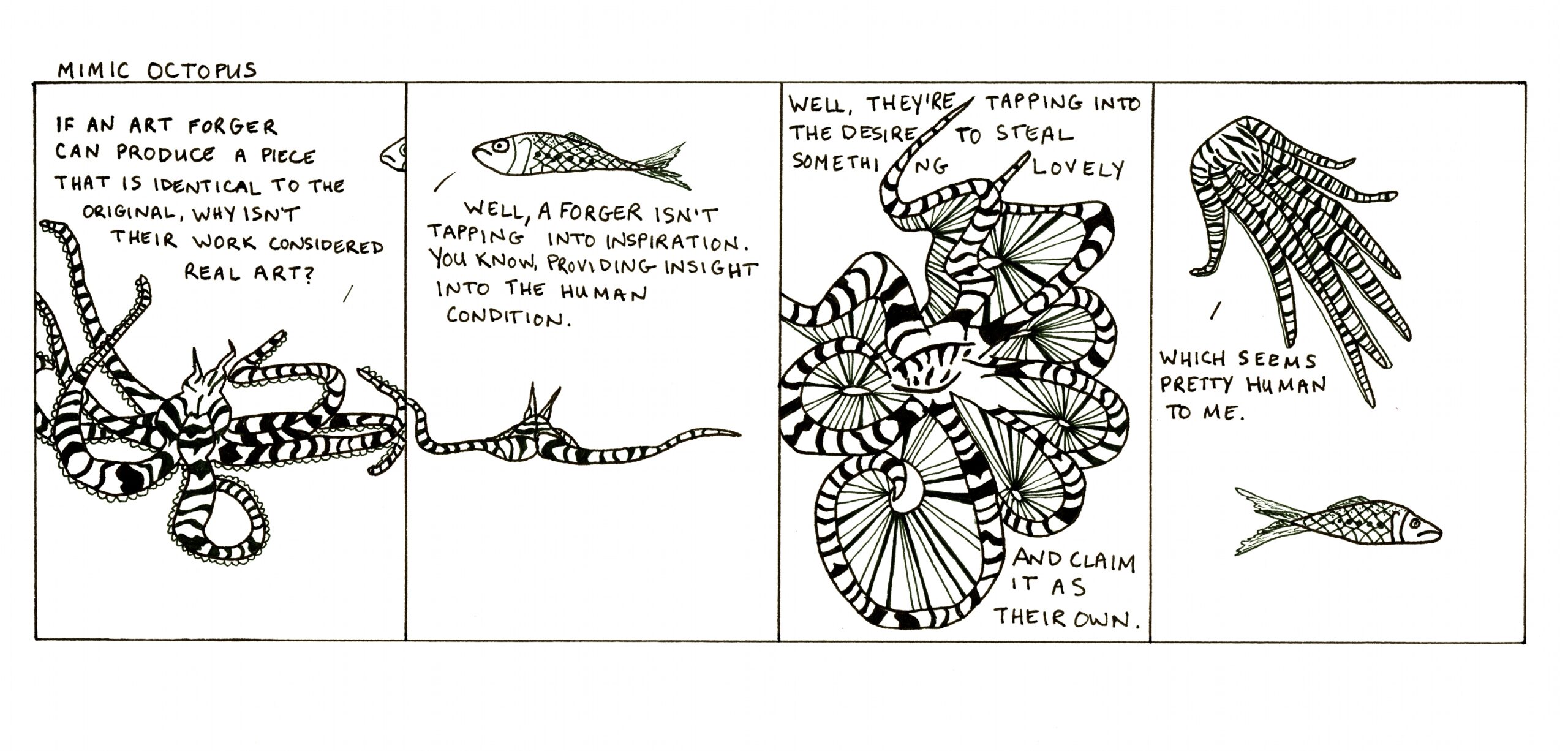In the past three days I’ve driven across a great deal of the country, including some enormous states like Arizona, Colorado, and Nebraska (plus, oh hey, Iowa and Wisconsin). I’ve seen lightning strikes that last for three full seconds, cows running merrily down the hill, some impressive large-scale graffiti (in a town I don’t recall the name of), and a great number of rolling hills.
Plus, there were audiobooks. I experienced the stupid momentary pride of recognition when, within the same day, Tina Fey (in the Bossypants audiobook) congratulated me (well, “the listener”) for recognizing a reference to David Foster Wallace‘s book of essays A Supposedly Fun Thing I’ll Never Do Again, which was the other audiobook I had on the trip. A few hours later, in one of the first essays, DFW referred to driving down I-80 past field upon field of corn, and that was what we were doing right then! So exciting!
I feel absurd and unearned pride in many things, but my options were limited during such a long car trip, so I was stuck with this: contemplating the interaction between art and reality.
Something else that DFW (apologies for the unseemly-ly familiar acronym, but it really is much much shorter) brought to mind this photograph by Man Ray. In high school I took quite a few photography classes, and I remember learning (in the context of our darkroom training) about Man Ray taking a photograph and discarding it, only to have his lover (Lee Miller? Probably?) process the film and print the photo. Upon seeing what a lovely image she’d created with his negative, he promptly took the picture back and reclaimed it as “his” art.
The photo I link to above may be the wrong one, since the Getty’s info suggests it was taken when he & Lee Miller were breaking up (though then again, perhaps that’s why they broke up? I wish my memory were slightly more steel-trappish about these things), but regardless, it’s what came to mind. What fascinate/s/d me about this story was the idea that there are stages to artistic ownership, that possession of insight was mutable and shared, that you (even believe that you) could make something yours just by declaring it so.
And then there’s this: I could not decide who to be angry at in that argument, who to side with. I would be angry if someone processed my negatives and called my picture theirs, but I’d also be furious if I spent hours on a print/scan/image that had been thrown away and was then told that it wasn’t mine, that my work was meaningless in the face of that first flash of inspiration.
Artistic borrowing happens all the time, and not just on the level of artists stealing from other artists. Art steals directly from life. Life steals directly from art. Think about historical fiction: writers take details from our known reality and interweave within them a storyline entirely imagined. And think about history: our human need to organize the chaos of infinite information creates threads of linear narrative, much of which is misremembered or distorted.
Or a different example: we call computer errors “bugs,” without thinking twice. But early computers were not tiny with microchips – they were the size of rooms and employed vacuum tubes, and sometimes they invited cockroaches and other insects – actual, real, literal bugs – which chewed at various parts and interrupted the workings of the computer. Language steals from life.
(Sub-story: while flying home from Singapore I was so exhausted that I kept hallucinating tiny ants crawling in and out of my laptop keyboard. There had actually been tiny ants in our Singapore apartment and one had tried to crawl into my actual keyboard once. Delusions steal from fears.)
The magical realists and Surrealists often made jokes on this order, but in the other direction: one can easily imagine a Surrealist story about actual bugs climbing out of computers, literalizing our thoughtless use of vivid language. But what happens when you tell the Surrealist that there were once real computer bugs, not in his/her story, but in life? Doesn’t that just make the joke better?
Anyway, I had a lot of time to think while in the car. I also bought a beautiful paperback copy of Murakami’s 1Q84 before leaving Arizona, which is neither here nor there, but I’m very excited.
Another cool thing, and then I’m done: Electric Literature has a new story Tumblr called Recommended Reading, where they publish one story a week selected by an author or journal they admire (and trust me, if they admire them, you probably do too). This week’s story is by Jesmyn Ward, selected by the awesome A Public Space, and last week’s was by Marie-Helene Bertino, selected by Jim Shepard (who is among the best human beings I’ve ever met, and almost certainly has the finest mustache). I am excited by this, as I’m excited by all new ways of dispersing fiction and helping people find new, short thing to read. (Long things too, but you know. This is stories.) Everything that has been published so far is fantastic. Yes.
Ok, now I’m done.
